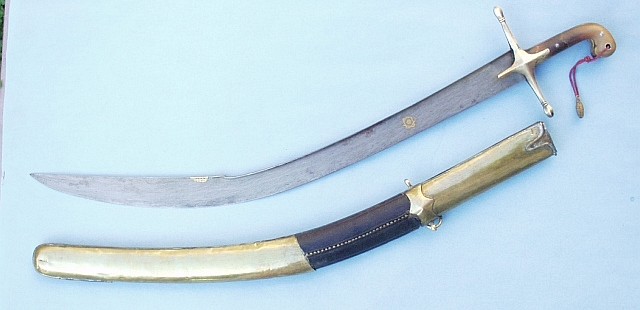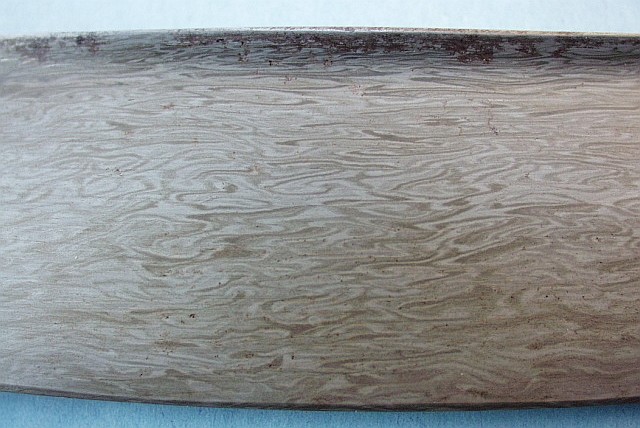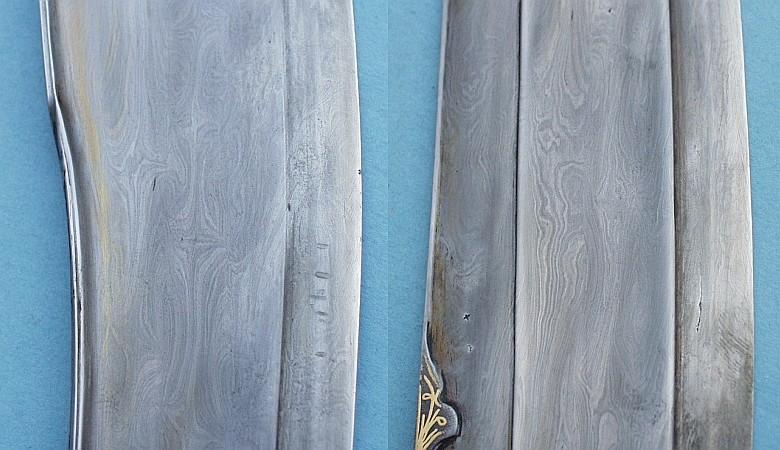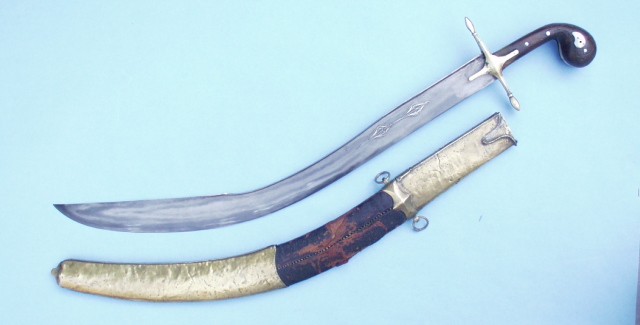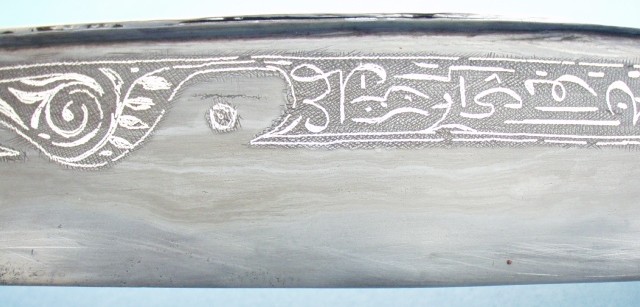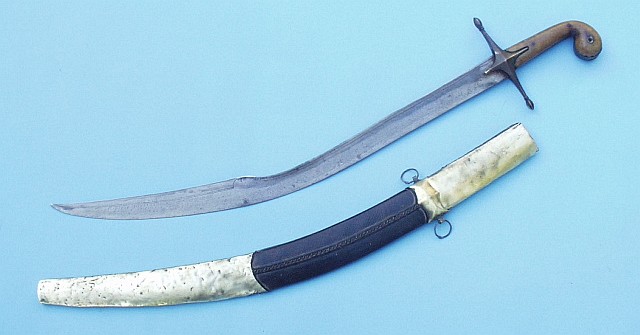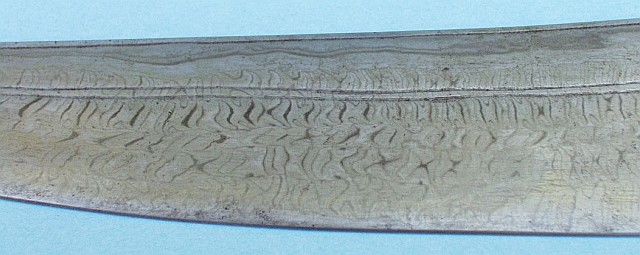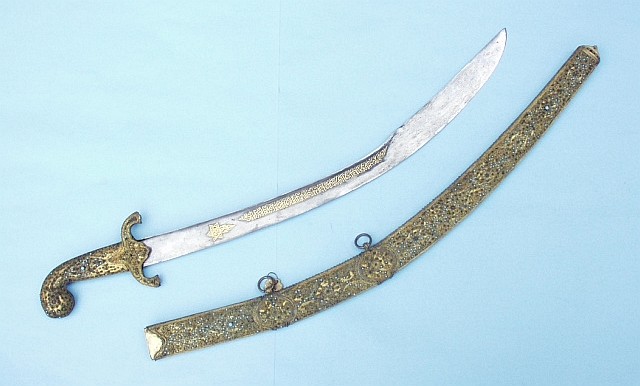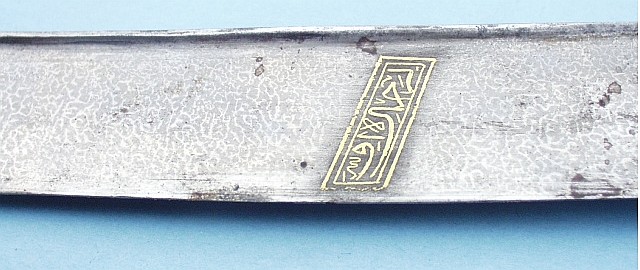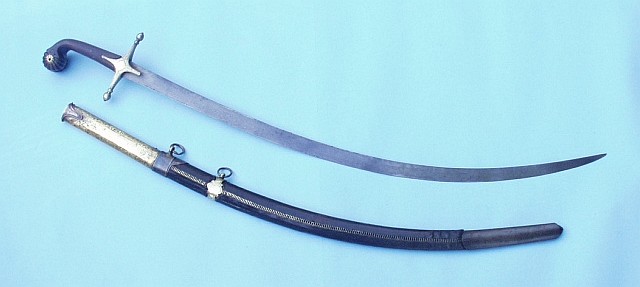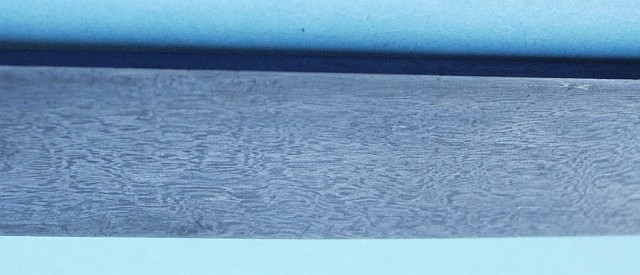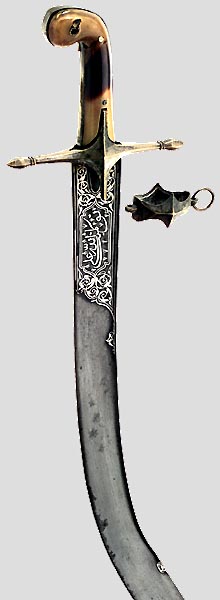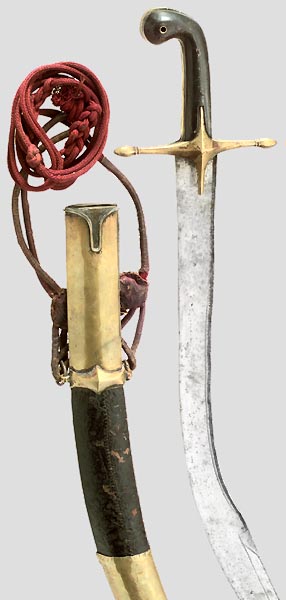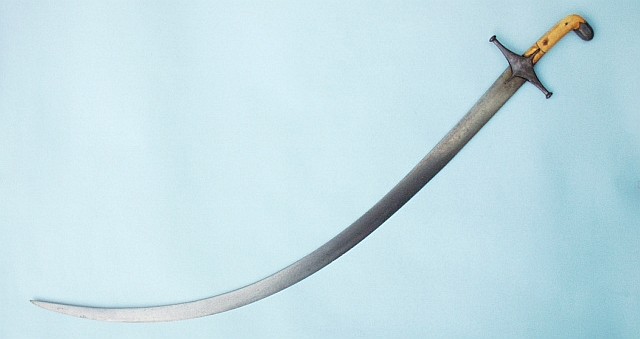Let's get it on here! I am happy to be here and have the opportunity to talk about Middle Eastern swords. If you have any questions, please do not hesitate to ask.
Kilic is the general name for sword in Turkish
Saif is the general term for sword in Arabic
shamshir is the general term for sword in Persian
With tulwar we have a somehow clear structure although it can also be used for sword the same as pata. But well tulwar hilts all have dics and the general shape. They may come with a curved blade or with a Khanda blade. Let me start from the beginning.
There are different types of Turkish Kilic. But to begin with we will start with the two main ones.
In the west, Kilic is normally associated with a heavy sword with a strong back edge which is called "Yelman", this yelman gives the sword extreme cutting power, however, it might reduce the swiftness of sword movements in draw-cuts, a special swordmanship moves in Oriental swordmanship. Kilic are able to deliver devastating slashing cuts.
As we know this type of blade shape made its appearance around 1850. These are normally of twist core pattern, some with Turkish ribbon pattern. These patterns are comprised of twisted bars of hard and soft steel which are then forged together into a blade.
The blade shape and its T-spine is another characteristic and also a heavy yelman. Yelman will help in increasing the cutting ability, more penetration.
As you see the fittings are brass, earlier examples with Persian or Ottoman wootz blades with a narrow blade have iron fittings.
First example
By courtesy of Oriental Arms
"The Kilij is the traditional saber of the Ottomans. It was in use from the early 17 C. and during more than 300 years well into the 20th C. The shorter version with deeply curved wide blade and T spine is a later version and appeared in the mid 18 Century. This fantastic piece is probably late 19 C. The blade is 27 inches, well-curved and forged from superb pattern welded (Damascus) steel. The blade is decorated with gold koftgary inlay on both sides of the blade, showing an inscribed Arabic letters on one side and a six-point star on the other. Also the spine is beautifully inlaid with gold koftgari decoration. The classical hilt made of brass cross guard, horn grips and brass grip strap. The wood scabbard is leather covered and mounted with big brass locket and chape (Probably later to the sword). Excellent condition to its age. The blade has very few scratches and very minor stained spots on its back. The grips show some age crack and signs of old repairs. The cross guard was broken and re-soldered at some time and the brass strap is restored. Altogether an outstanding sword"
By courtesy of Oriental Arms
